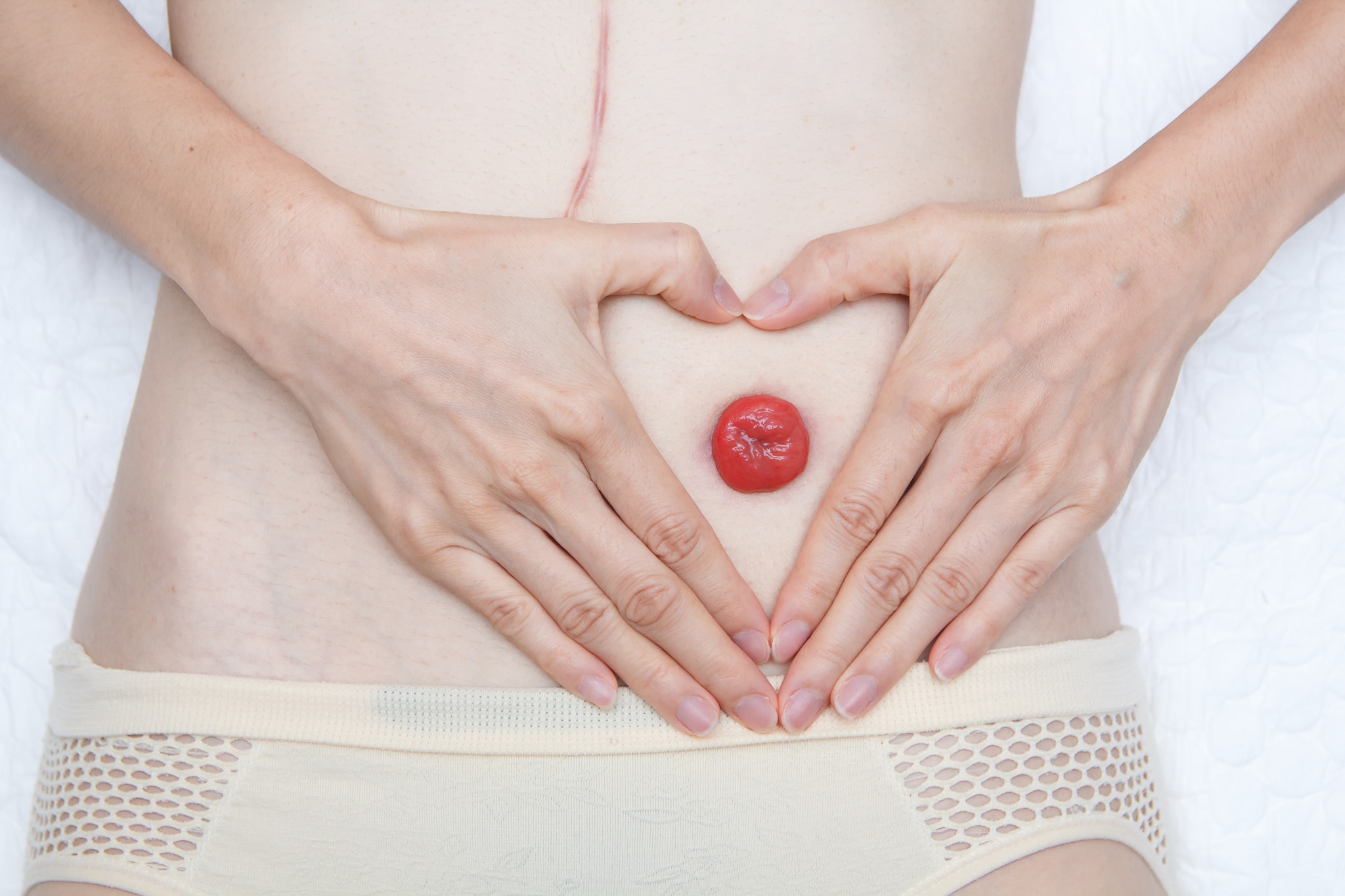
News
Take You To Know Urostomy
Release time:2022-04-15
What is a urostomy?
Severe irreversible disease occurs in a certain organ of the urinary tract, and it is difficult to restore urination from the urethra by urethroplasty. The urinary tract can be directly or indirectly opened to the abdominal wall, and the urine can be excreted through the abdominal wall as a permanent urinary stoma or urine. Diversion.
What is the reason for urostomy?
- Bladder tumors require total cystectomy
- Rectal cancer invades the prostate and bladder and requires total pelvic evacuation
- Damage caused by other radiation: vesicovaginal fistula, vesicorectal fistula
- Neurological dysfunction leads to bladder palsy
- Congenital malformations
Features of urostomy
It is generally located in the lower right abdomen, the color is bright red or pink or beef red, the surface is smooth and round, shiny, the height is slightly higher than the abdomen 1-2cm, the shape is generally round, but there are also oval or irregular shapes.
Why does the urostomy keep getting smaller after surgery?
Early postoperative urostomy often appears edema, showing swelling and tightness, which may be related to intestinal mucosal congestion caused by surgical traction. As the edema gradually subsides, the urostomy becomes smaller, and the edema usually disappears completely within 6-8 weeks after surgery. Therefore, don’t worry too much. Urostomy edema generally does not need to be treated, but care should be taken to avoid affecting blood circulation due to pressure on the urostomy.
Will the color of urine change after urostomy?
Will do. After the operation, the urine will immediately flow out from the urostomy through the ureter. Due to the trauma during the operation, the urine will often appear light red within 2-3 days after the operation, and then gradually return to light yellow. Because urostomy surgery only diverts the flow of urine without changing the nature of urine.
Does the suture around the urostomy need to be removed and when can it be removed?
Staples, non-absorbable sutures, or exposed absorbable sutures need to be removed. The general removal time is about 7-10 days after the operation. It is recommended to fully evaluate the stoma before removing the stitches. If skin and mucous membrane separation occurs, it is recommended to appropriately extend the stitching time; however, a proper extension does not mean that the stitches will not be removed. If the stitches are not removed for a long time, the non-absorbable sutures will cause foreign bodies to stimulate the urinary Stoma mucosa leads to too long granulation tissue.
When can the drainage tube be removed after surgery?
In the early postoperative period, a drainage tube is usually left on the urostomy. Two of the small drainage tubes are called ureteral stent tubes; they are placed in the left and right ureters to draw urine out of the body and prevent anastomoses of the ureter and ileum catheter. Stenosis leads to complications such as poor urine drainage and hydronephrosis. Since the urostomy has no anti-reflux function and the stent tube directly communicates with the kidney, the ureteral stent tube should not be left for too long, otherwise it is prone to complications such as urinary tract infection, stent tube wall aging and fracture, and surface formation of stones. The tube was removed 10-14 days after surgery.
Why is the sticky secretion discharged from the stoma after the operation? Does it affect the body?
Generally, after cystectomy, the doctor cuts a small section of the ileum to drain the urine, and the postoperative urine is discharged through this small section of the ileum. Although this section of the ileum is cut away from the digestive tract, the blood supply is balanced. Physiological functions are still normal, so intestinal juice will be secreted, which is pale yellow or white. These secretions are the intestinal juice secreted by the ileum and will not affect your health.





